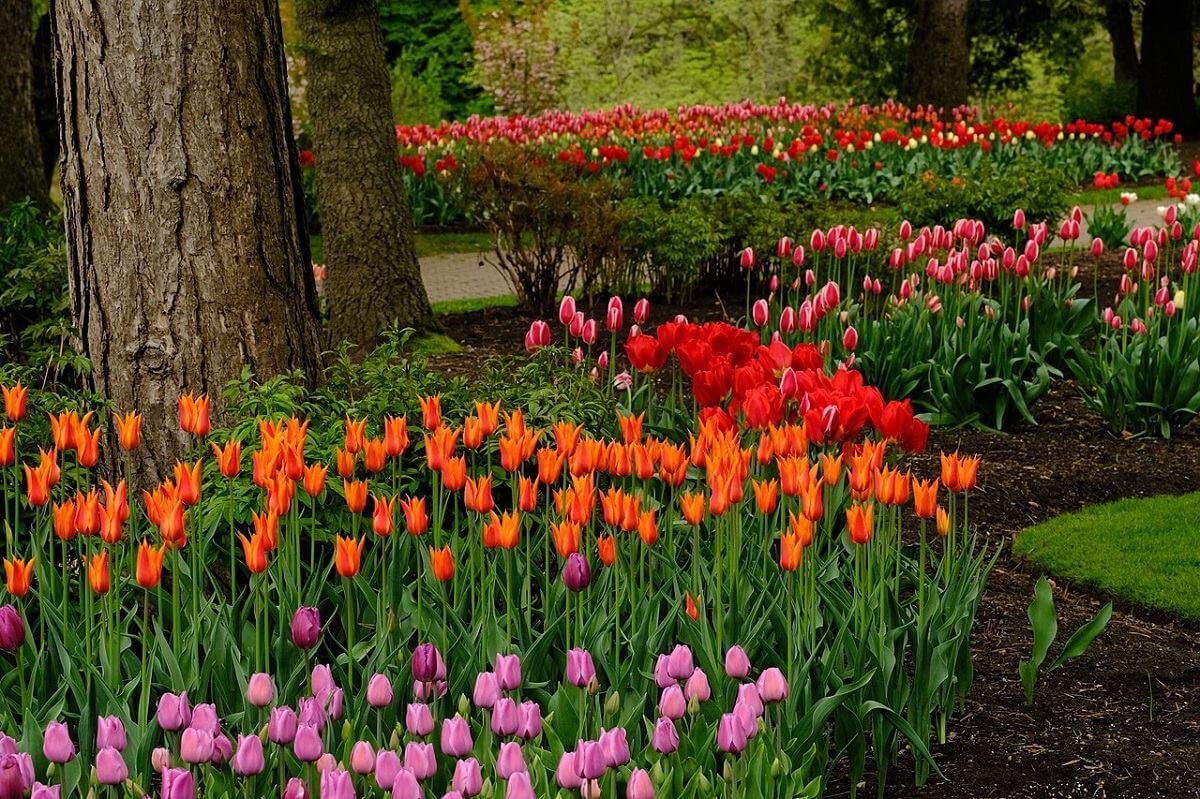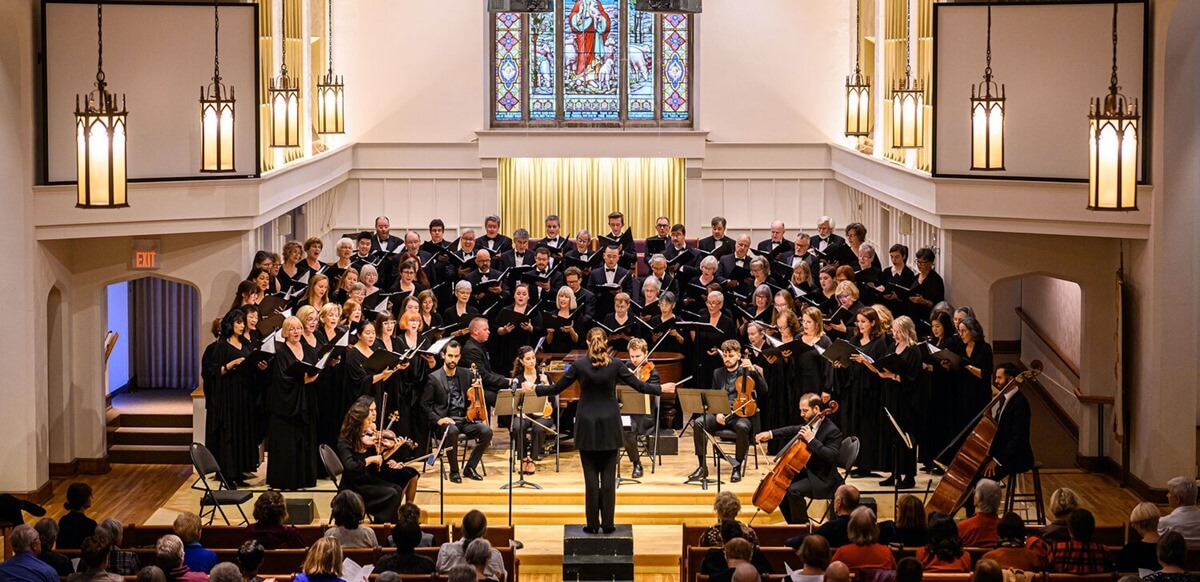
Cree cellist and composer Cris Derksen will premiere a new work with the theme of Indigenous water sovereignty at the season finale concert of Amadeus Choir. The 30-minute piece will be performed on May 27, after a Songwalk at the Toronto Botanical Gardens.
Members of the choir will be strewn across the grounds of the Gardens in small groups. As they stroll through the area, audience members will encounter pockets of song in an immersive experience.
The full choir and band will then perform Derksen’s A Prayer for Water/Mass for Nîpîy on the outdoor stage for its world premiere.
We spoke to Cris about the piece and the performance.

What led you to write a piece about Indigenous water sovereignty?
Indigenous Water Sovereignty is where the piece started from. We live in a country that is very unbalanced between the haves and the have-nots. Long term water advisories have been a constant hardship on reservations. And it’s not just about drinking water — it is also about water to clean yourself, dishes, clothes, food, brush your teeth. It is all encompassing. The term “water is life” is so real.
I think it is also super important to note that Indigenous people were relegated to these reservations, where they were purposefully given land that was undesirable. Treaty 9 is a great example — the James Bay Treaty. The Dominion and Ontario governments appointed three commissioners to “negotiate” Treaty 9. The Dominion was represented by Duncan Campbell Scott (the guy who said, “I want to get rid of the Indian problem”), and Samuel Stewart of the Indian Affairs Department. The provincial representative was Daniel G. MacMartin, a mining specialist from Perth, Ontario.
Daniel G. MacMartin‘s job was to ensure that no reserves were located in areas with water power or mineral resources with future potential… Attawapiskat First Nation is in this treaty — and it is one of the most notably talked about in terms of long term water advisories.
[As] time goes on, and we continue to see massive climate disasters, we understand how important water is for all of us. So this piece stemmed from Indigenous Water Sovereignty, and moved into a prayer for water globally. Hence, the name Mass for Nîpîy.
How do you translate the concept behind the piece into music/sound and song?
Once I figured out the direction — A Prayer for Water/Mass for Nîpîy — I was able to parcel it out a bit into 7 movements. Seven is an important Indigenous spiritual number after the 7 grandfather teachings, so it made sense to do 7. All speaking to different aspects of water, one is Nîpîy’s Spirit — as it is Indigenous ideology that Nîpîy/ Water has spirit, is a living entity — so the first movement is a prayer to her spirit.
There is also a prayer for the poisoned water, a prayer for the beings that call water home, a prayer for rivers — this one is more a look at the global picture and speaking to the Hunger stone — which there are a few of them in the world — but the stone says “if you see me, then weep” as it warns of drought. I also added a prayer for mist — a prayer for the waters that cleanse us.
So, all of these prayers/ movements are talking about different aspects of water, but all coming from an Indigenous lens, and spiritual place.

How did this work (with the Amadeus Choir) come together?
Me and Kathleen [Kathleen Allan, Artistic Director and Conductor of Amadeus] have been talking since 2019; obviously the pandemic got in the way. And, I’m pretty busy at the moment, so it took us some time to find the right way to present it. Doing it at the botanical gardens in early summer, last of the Amadeus Choir Season made a lot of sense, and also gave me the time to write the piece. It’s 30 minutes, for choir, hand drum choir, piano, French horn, cello, and a drum kit.
You’ve written a few works for choir — is it a form that you find interesting/appealing?
I find all forms of music interesting! I compose for symphonies, chamber groups, dance, theatre, TV, podcasts, fashion, film. There are so many ways to express yourself in music. I like experimenting in choral music, playing with traditional Indigenous sounds with traditional European choral sounds.
Is there anything you’d like to add in terms of detail about the piece and its performance?
Come experience!
The concert takes place May 27 at the Toronto Royal Botanical Gardens. In the event of rain, it will take place at Jubilee United Church. Amadeus Choir will also be announcing their 50th season at the concert. Tickets and more info [HERE].
#LUDWIGVAN
Get the daily arts news straight to your inbox.
Sign up for the Ludwig van Daily — classical music and opera in five minutes or less HERE.
- PREVIEW | SUMMER OPERA LYRIC THEATRE Presents Handel’s Xerxes, Mozart’s Idomeneo & Puccini’a La Boheme July 26 To August 4 - July 26, 2024
- PREVIEW | YENSA Festival V.2 Offers Black Flames Performances & Other Ways To Celebrate Black Women In Dance - July 25, 2024
- PREVIEW | Canadian Talent Conspicuous In The Met: Live In HD 2024-25 Season - July 25, 2024



